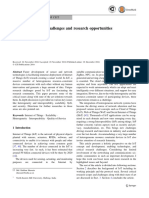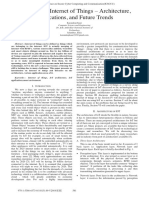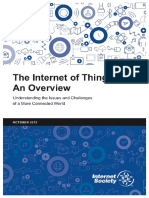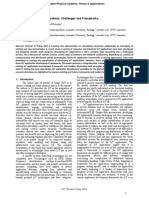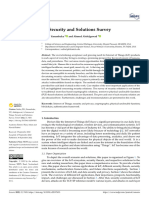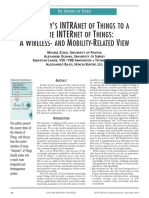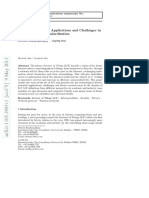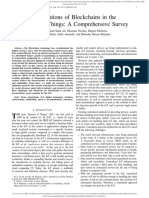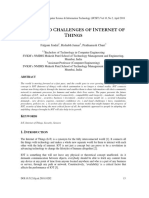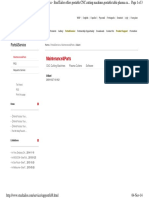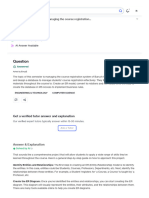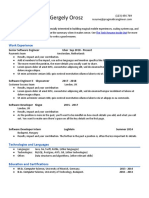0% found this document useful (0 votes)
14 views3 pagesShort Paper: IoT: Challenges, Projects, Architectures
Uploaded by
Najmus Sakib Sizan181-115Copyright
© © All Rights Reserved
We take content rights seriously. If you suspect this is your content, claim it here.
Available Formats
Download as PDF, TXT or read online on Scribd
0% found this document useful (0 votes)
14 views3 pagesShort Paper: IoT: Challenges, Projects, Architectures
Uploaded by
Najmus Sakib Sizan181-115Copyright
© © All Rights Reserved
We take content rights seriously. If you suspect this is your content, claim it here.
Available Formats
Download as PDF, TXT or read online on Scribd
/ 3












